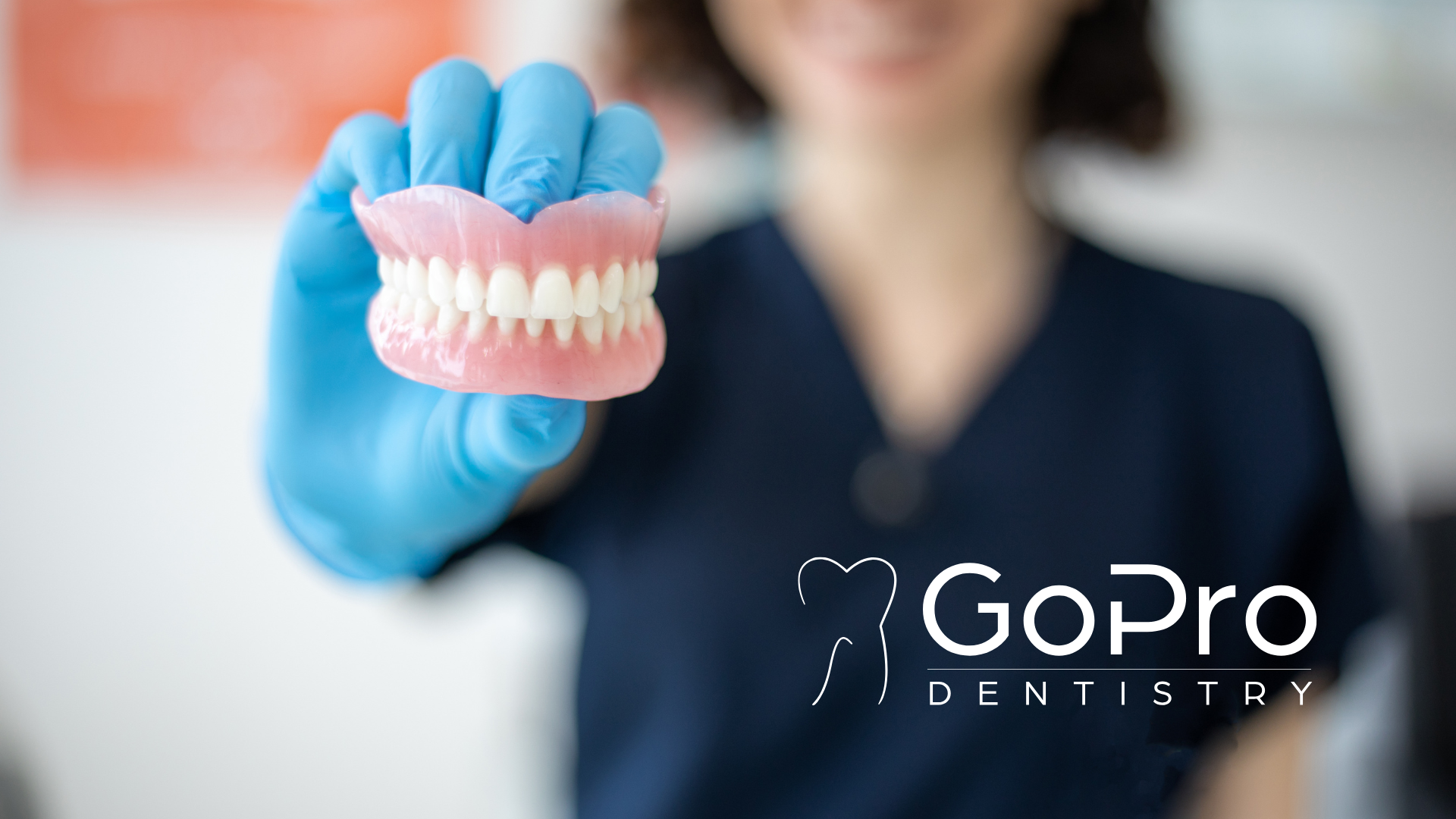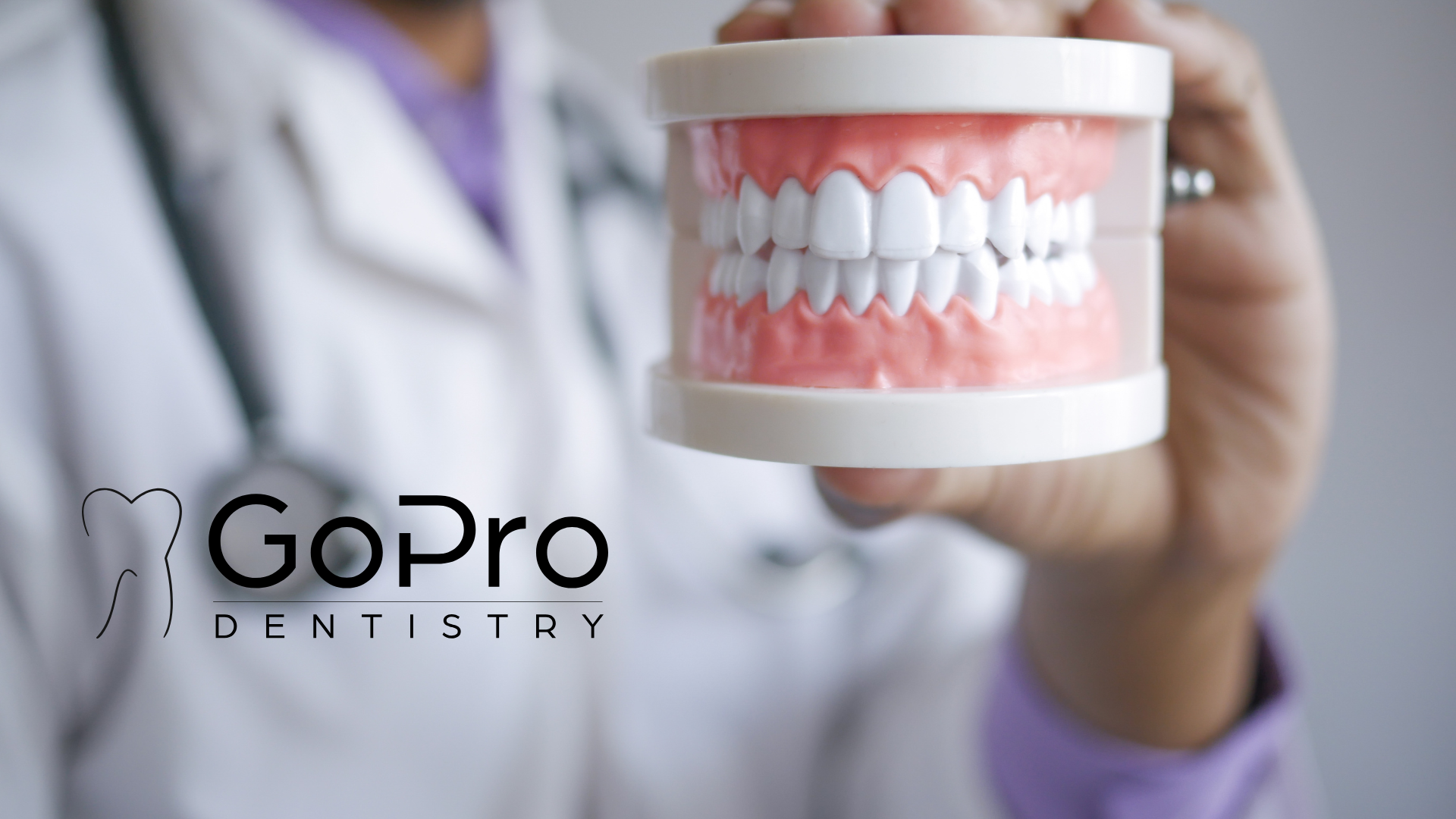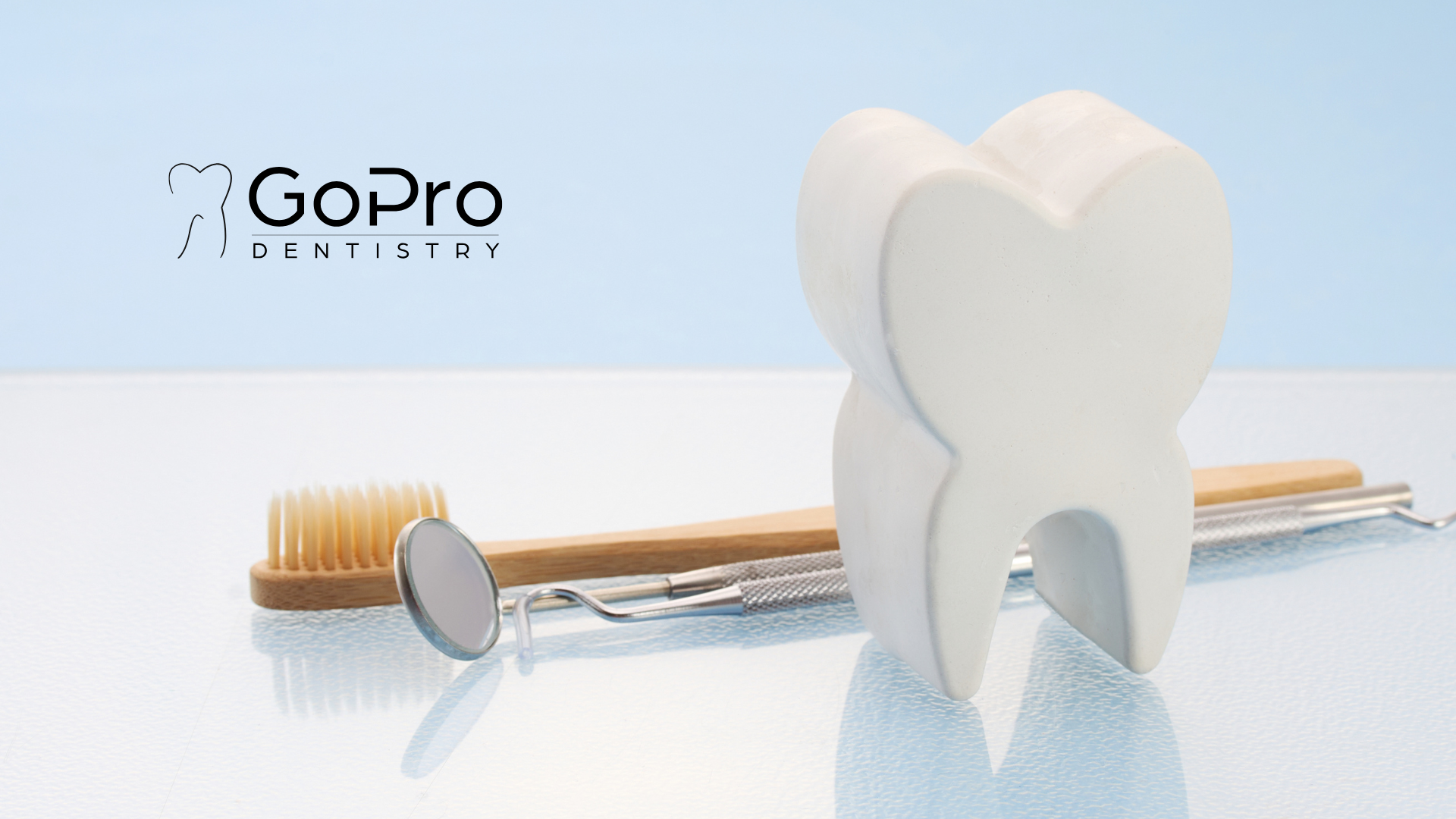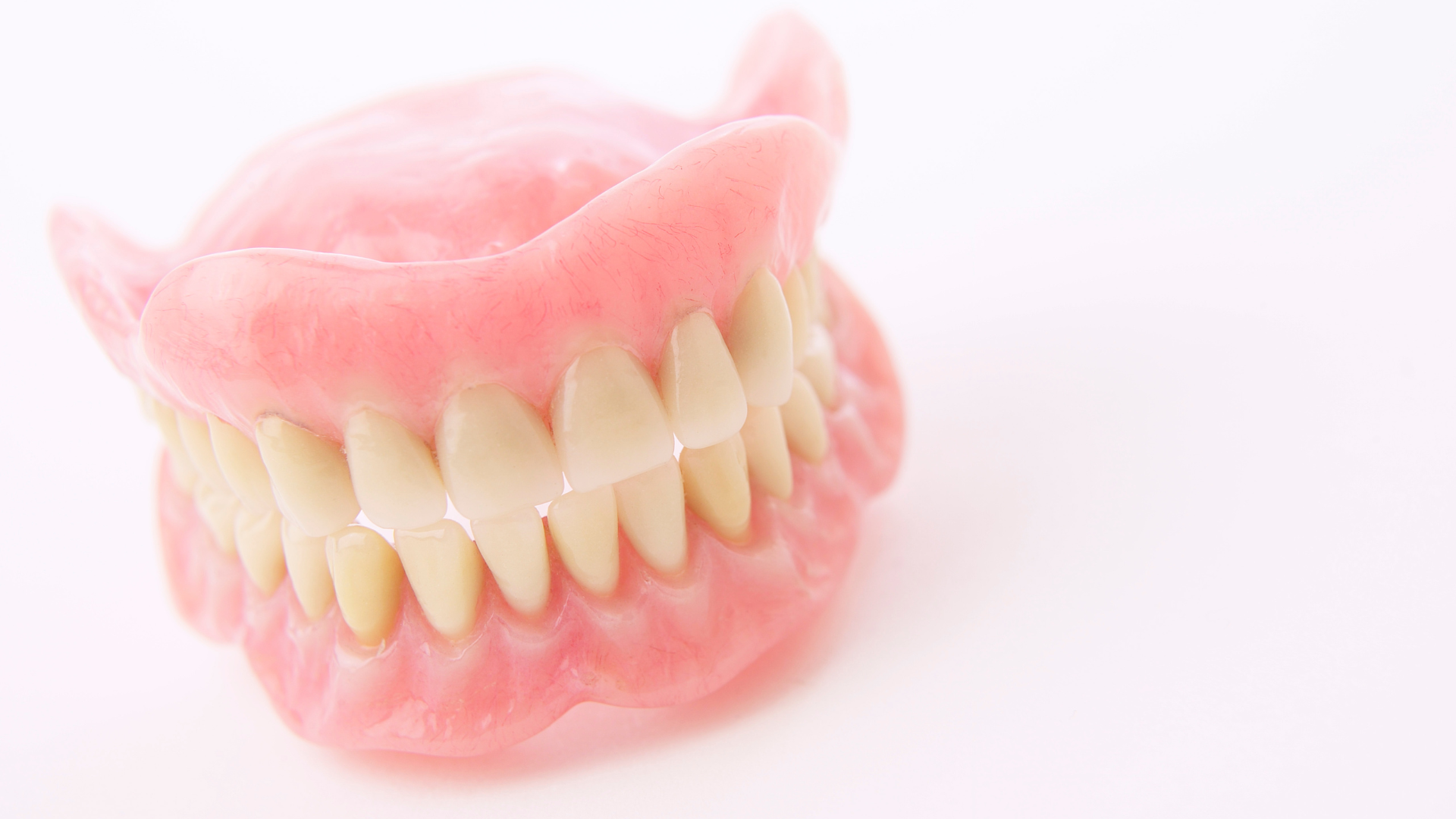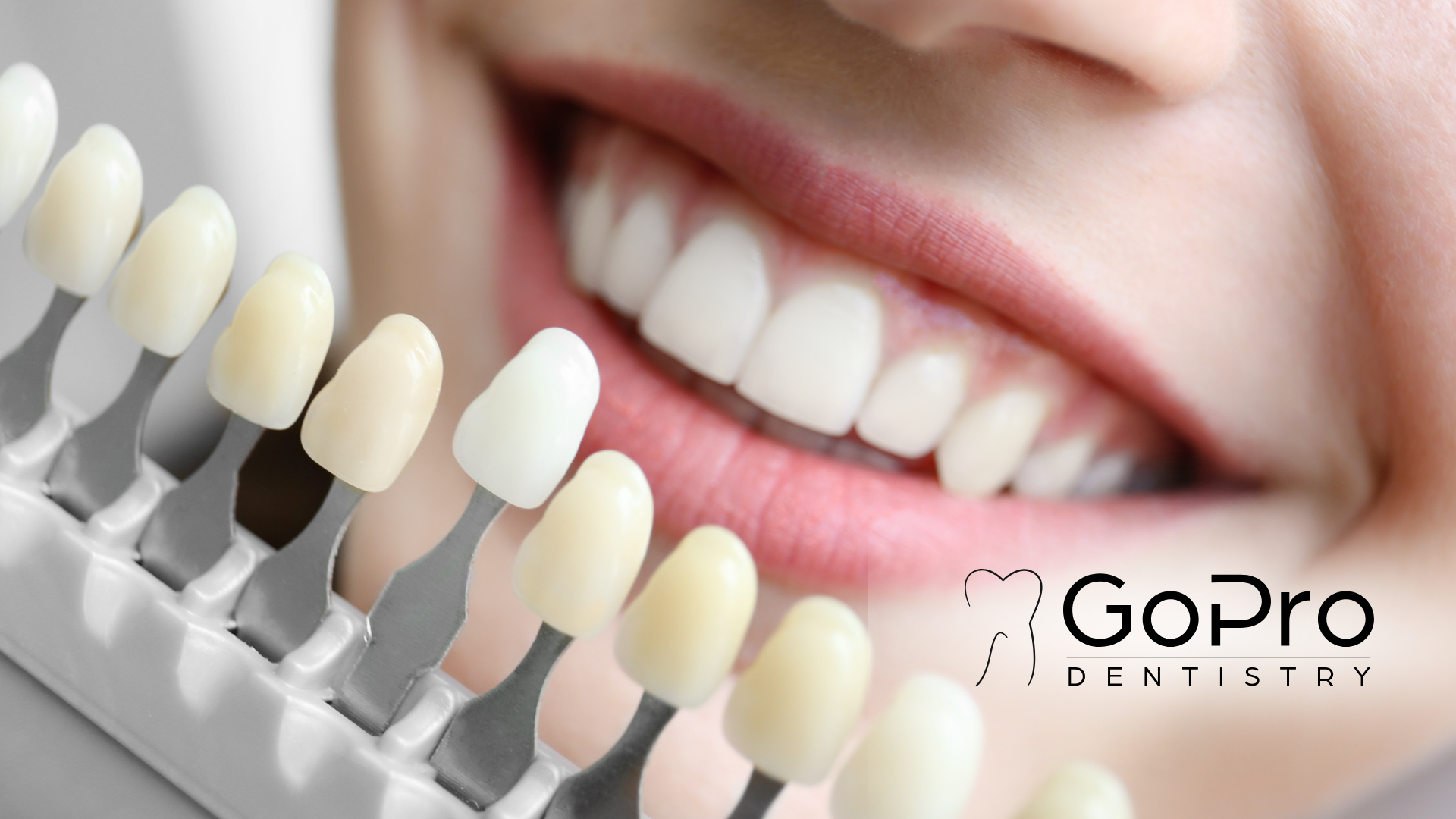How Long Does A Dental Bridge Last?
Understanding Dental Bridges
Definition and Types
A dental bridge is a fixed dental restoration used to replace one or more missing teeth by joining an artificial tooth definitively to adjacent teeth or dental implants. There are several types of dental bridges, including traditional, cantilever, and Maryland bridges, each serving different needs depending on the location and condition of the teeth.
Components of a Dental Bridge
The main components of a dental bridge include the abutment teeth, the pontic, and the dental crowns that cover the abutment teeth. The materials used can vary from porcelain to ceramics and metals, depending on the patient's needs and aesthetic desires.
How Dental Bridges Function
Dental bridges restore the functionality and appearance of missing teeth by bridging the gap created by one or more missing teeth. They help maintain the shape of the face, alleviate stress on the bite, and prevent remaining teeth from shifting position. > Dental bridges are a critical solution for those seeking to improve both their oral health and smile aesthetics.
Factors Influencing the Lifespan of Dental Bridges
Material Used
The longevity of a dental bridge is greatly affected by the materials from which it is made. Common materials include porcelain fused to metal, ceramic, and metal alloys. Porcelain bridges often provide a good balance between durability and aesthetic appeal, while metal alloys are prized for their strength.
Quality of Installation
Proper installation is crucial for the lifespan of a dental bridge. A bridge that is not correctly fitted can lead to increased wear and tear, and even damage to the natural teeth that support it. It is essential to choose a skilled dental professional for the installation to ensure optimal fit and function.
Oral Hygiene Practices
The care that a dental bridge receives post-installation plays a significant role in its longevity. Regular brushing and flossing can prevent issues such as plaque build-up and gum disease, which can undermine the stability of the bridge. Additionally, routine dental check-ups are vital to monitor the health of the bridge and the surrounding teeth.
Average Lifespan of Different Types of Dental Bridges
Traditional Bridges
Traditional bridges, which involve creating a crown for the tooth or implant on either side of the missing tooth, typically have a lifespan of 5 to 15 years. Proper care can extend their life up to 10-15 years or more.
Cantilever Bridges
Cantilever bridges are used when there are adjacent teeth on only one side of the missing tooth or teeth. They generally last between 5 to 10 years. The longevity of cantilever bridges can vary more than other types due to their unique placement and stress distribution.
Maryland Bridges
Maryland bridges consist of a pontic that is held in place by a metal or porcelain framework. This type is less invasive and can last from 5 to 15 years. They are often used for front teeth where the stress is minimal.
Maintaining good oral hygiene and regular dental check-ups are crucial for extending the lifespan of any dental bridge.
Maintenance Tips for Dental Bridges
Proper maintenance of dental bridges is crucial for extending their lifespan and ensuring they function effectively. Below are some essential tips to help you care for your dental bridges.
Daily Cleaning Techniques
- Brush your dental bridges twice a day using a soft-bristled toothbrush and non-abrasive toothpaste.
- Floss under and around the bridge daily using a floss threader or water flosser to remove plaque and food particles.
- Consider using an antiseptic mouthwash to help prevent gum disease and decay around the bridge.
Regular Dental Check-ups
- Schedule regular dental check-ups every six months to ensure the bridge and surrounding teeth remain in good condition.
- During these visits, your dentist can professionally clean areas that are difficult to reach at home and check for any potential issues.
Avoiding Damaging Habits
- Avoid chewing hard foods, ice, or other hard objects that can damage the bridge.
- Do not use your teeth as tools to open packages or bite nails.
- If you grind your teeth at night, ask your dentist about a night guard to protect your bridge and natural teeth.
Maintaining a dental bridge requires attention to daily care and professional upkeep. By following these tips, you can help ensure your bridge lasts as long as possible.
Signs That Your Dental Bridge Needs Replacement
Visible Damage or Wear
Regular inspection of your dental bridge is crucial. Look for cracks, chips, or unusual wear on the bridge. These physical signs often indicate that the bridge is compromised and may need replacement to prevent further oral health issues.
Changes in Fit or Comfort
If you start experiencing discomfort or notice that the bridge feels loose, it might be time to consult your dentist Riverside. Changes in fit can affect your bite and overall comfort, potentially leading to other dental problems if not addressed promptly.
Recurring Dental Issues
- Persistent bad breath or an unpleasant taste in your mouth could be signs of decay under the bridge.
- Gum inflammation or bleeding around the bridge area should also be taken seriously as they can indicate underlying issues.
It's important to address these signs early to maintain both the functionality and aesthetics of your dental bridge.
The Impact of Technology on Dental Bridge Longevity
Advancements in Materials
- Newer dental materials such as zirconia and advanced ceramics have significantly enhanced the durability and aesthetic appeal of dental bridges.
- These materials are not only stronger but also more compatible with the human body, reducing the risk of rejection or allergic reactions.
Innovations in Dental Procedures
- The integration of digital dentistry tools like 3D imaging and CAD/CAM technology has revolutionized the planning and creation of dental bridges.
- These technologies allow for more precise measurements and better fitting bridges, which can extend their lifespan.
Future Trends in Dental Care
- Ongoing research in nanotechnology and biocompatible materials promises to further improve the longevity and functionality of dental bridges.
- The focus is on developing materials that can actively resist bacterial growth and thus prevent decay and other common dental issues.
Comparing Dental Bridges with Other Dental Restoration Options
Dental Implants
Dental implants are a popular alternative to bridges, offering a permanent solution by replacing the tooth root and crowning it. They are known for their durability and the ability to preserve jawbone health, which prevents bone loss.
Dentures
Dentures are removable replacements for missing teeth and surrounding tissues. They are less expensive than bridges and implants but may require more maintenance and can be less stable.
Comparative Durability and Care
Dental bridges typically last between 5 to 15 years depending on the type and care, whereas implants can last a lifetime with proper maintenance. Dentures in Riverside, while cost-effective, may need to be replaced every 5 to 8 years due to wear and fit issues.
Frequently Asked Questions
What are dental bridges and how do they work?
Dental bridges are dental restorations used to replace one or more missing teeth by anchoring artificial teeth to adjacent natural teeth or dental implants. They function by bridging the gap left by missing teeth, restoring both function and aesthetics.
What factors affect the lifespan of a dental bridge?
The lifespan of a dental bridge can be influenced by several factors including the materials used in its construction, the quality of the installation, and the individual's oral hygiene practices.
How long do different types of dental bridges last?
Traditional bridges typically last 5-15 years, cantilever bridges about the same, and Maryland bridges can last up to 10 years. However, with proper care and maintenance, some bridges can last even longer.
What are some tips for maintaining a dental bridge?
Maintaining a dental bridge involves regular brushing and flossing, attending dental check-ups every six months, and avoiding habits that could damage the bridge such as chewing hard foods or ice.
How do I know if my dental bridge needs to be replaced?
Signs that a dental bridge may need replacement include visible damage or wear, changes in fit or comfort, and recurring dental issues like tooth decay or gum disease around the bridge.
How does technology impact the longevity of dental bridges?
Advancements in dental materials and procedures have significantly improved the durability and lifespan of dental bridges. Future technological innovations are expected to continue enhancing the effectiveness and longevity of these dental restorations.



